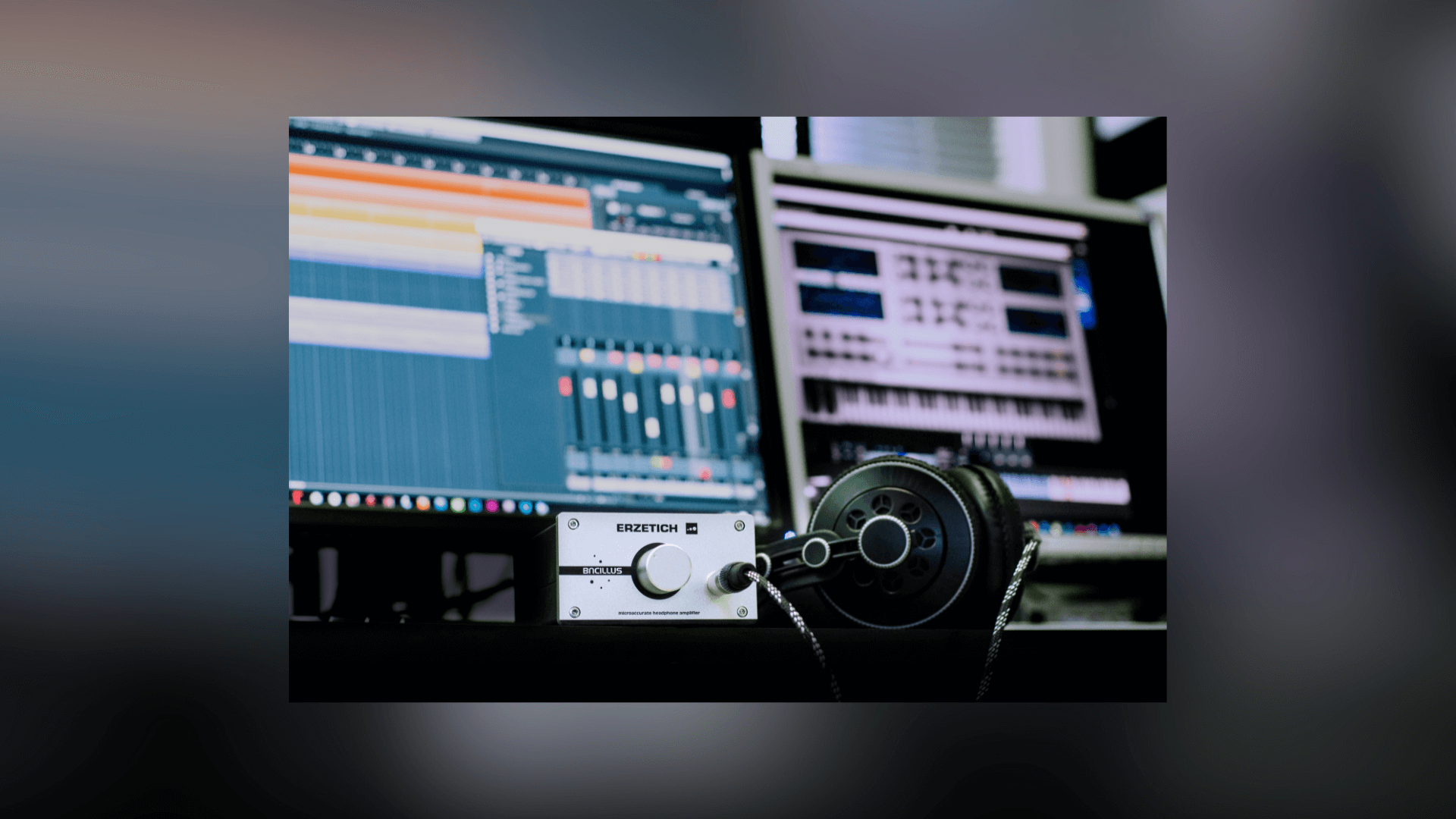

How to reduce latency in any DAW
Just like in any other industry, we are striving for perfection. Perfection in the operational sector of a business but also when it comes to delivering products to clients. As a composer, we seek perfection in the total composition, mix, and master of a song. Many issues, such as latency, occur throughout this process, but there are some effective ways how to minimalize these issues. Down below you’ll find some helpful tips on how to reduce latency in any DAW.
| Best VST Plugins of 2023 – Click here to check out
Audio latency is a very common issue that will mainly occur when recording audio through your computer and playing back through monitors or headphones. This delay happens because of the fact that the audio signal doesn’t exit the soundcard at the same time as it enters. Latency can differ between almost unnoticeable delays up to clearly noticeable delays. Usually, this effect will become visible when the latency time is above 10 ms. Many factors can cause this issue such as the path through cables, digital signal processing, or through AD/DA converters within your audio interface. Before buying expensive cables or purchasing a better audio interface, there are multiple ways to minimalize this problem within your computer.
- Closing unnecessary programs, running on your computer, will make sure that more PC power is saved for your DAW.
- Disable power-saving features
- Maintaining up-to-date drivers
Once you checked off these steps and latency is still occurring, you have to dive into your DAW and operate the following tips.
- Removing inactive plugins or tracks
- Reducing the buffer size will minimalize the audible latency. Buffer size stands for the number of samples being used by your computer to process the incoming signal. In short terms, a higher buffer size means more samples, more latency, and a lower buffer size means fewer samples, less latency.
- Zero-Latency Monitoring will bypass any computer-based latency effects. You’ll be able to listen to the incoming signal before it enters the AD/DA conversion process.
- Freezing or bouncing MIDI to Audio will maintain the power that is being lost by the plugins.
All of these tips can be applied in any DAW. There are some more advanced latency-preventing features included, especially when upgrading your DAW, but these are the most basic and effective tips.
Next article: Reddit protests result in temporary shutdown
Image Credits: Blaz Erzetic


- Arodes cover Interview
- Armin van Buuren: Breathing In [Exclusive Interview]
- Ibiza 2024: What To Expect
- Burak Yeter: A Day In Space [Exclusive]

